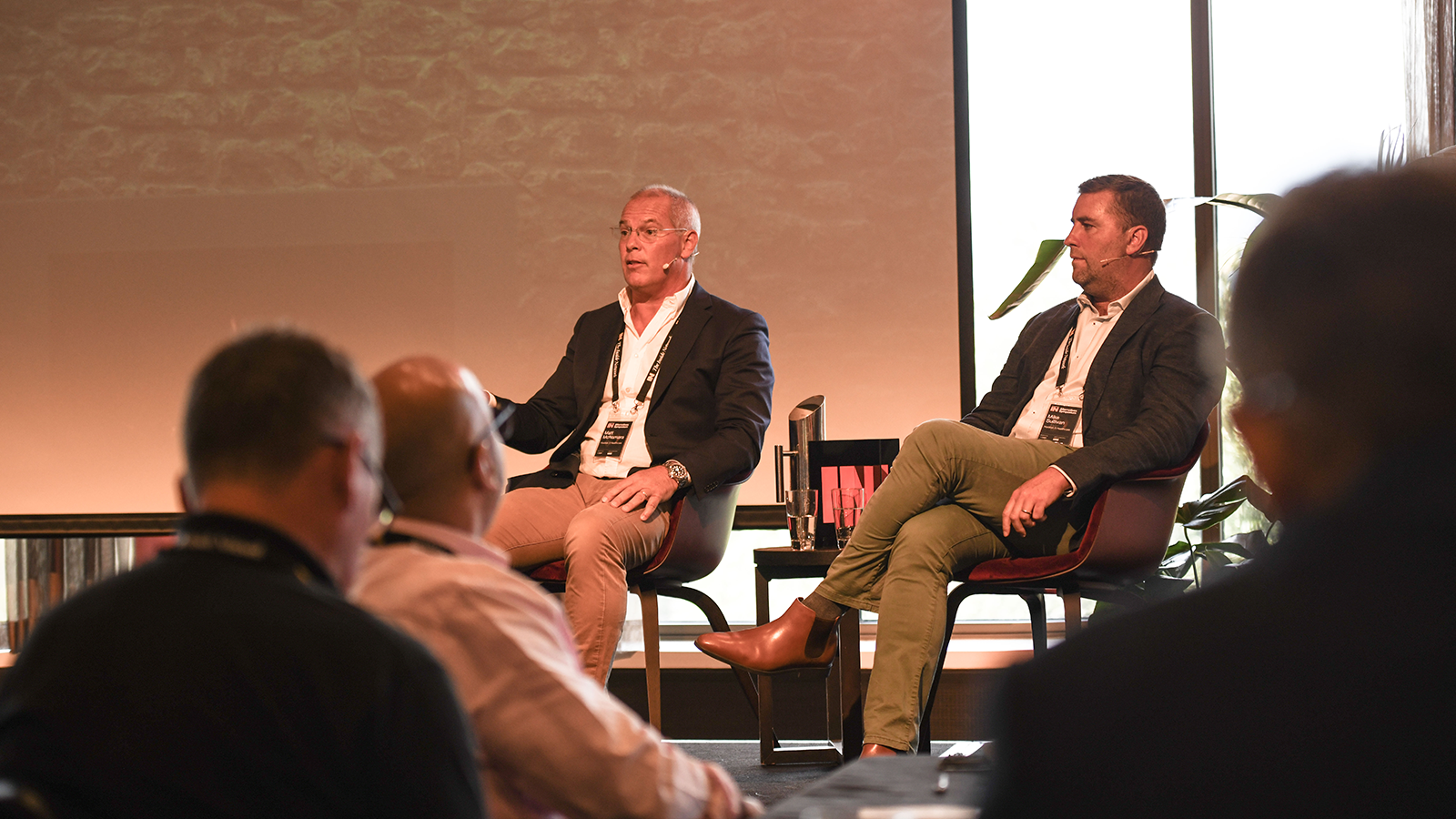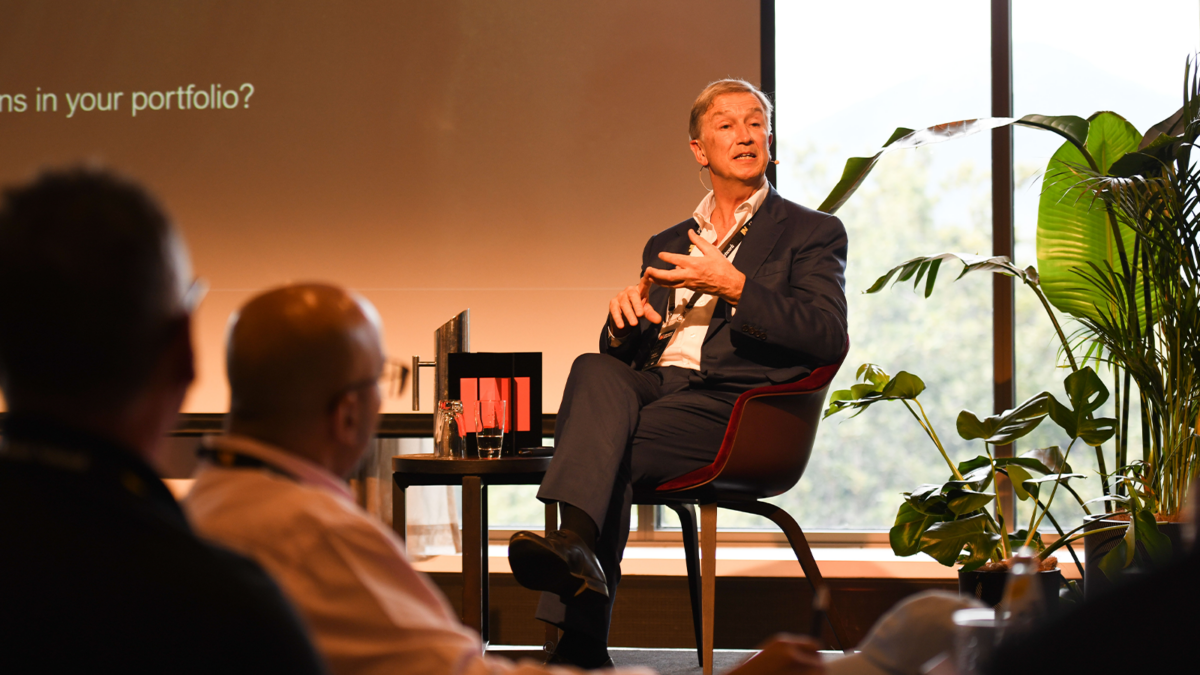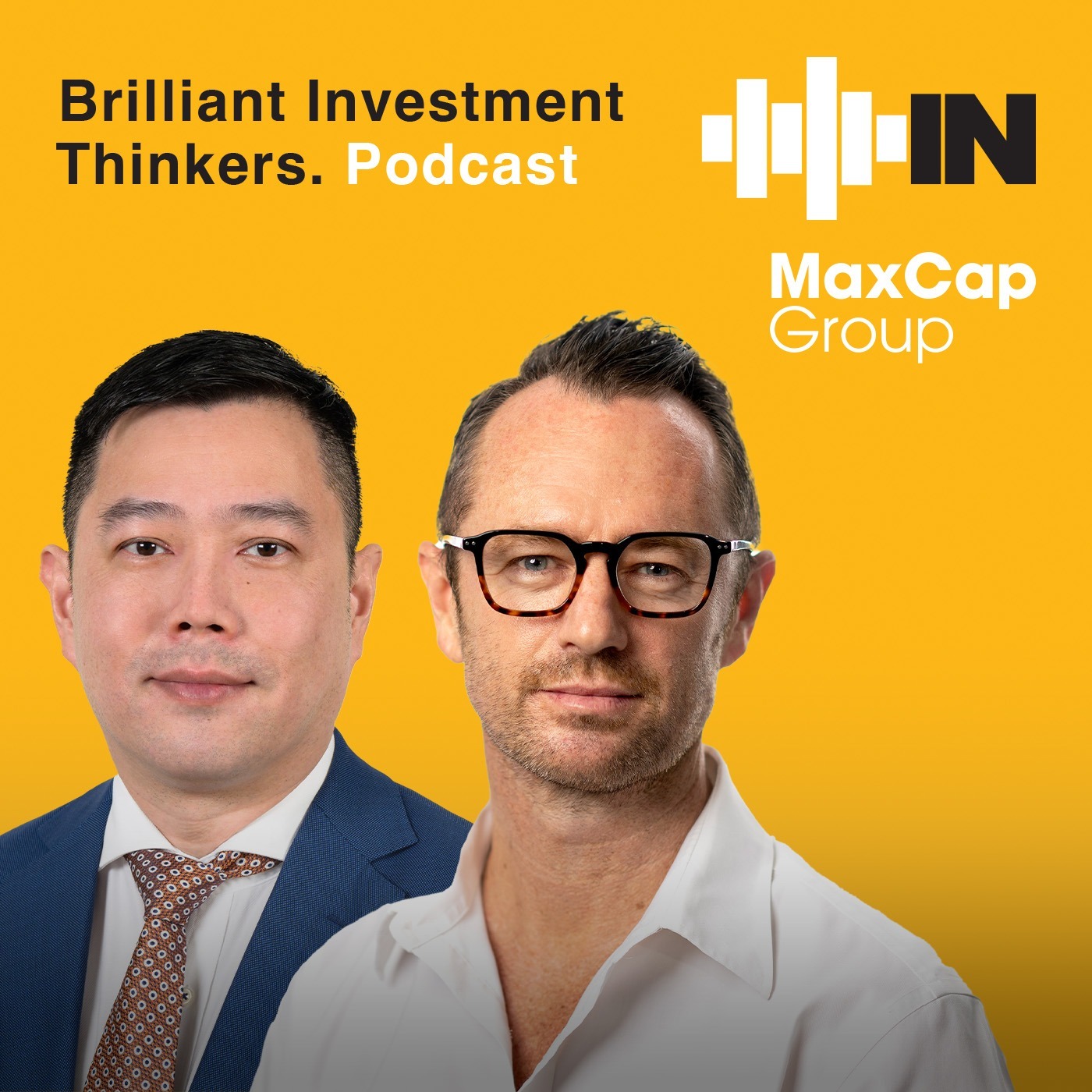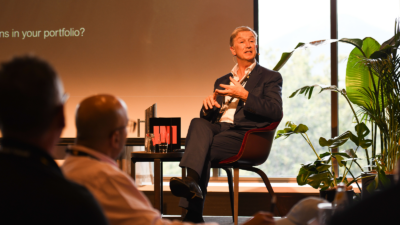The alternative asset class that can change people’s lives
Healthcare and life sciences is definitely an area where the usual economic and market cycles are not as influential, and an increasing number of investors are realising this. But when it comes to investing in healthcare/life sciences equity, there can be significant idiosyncratic risk in the companies chosen.
Melbourne-based fund manager Horizon 3 Healthcare banks on leveraging its specialist investment expertise to prosper in its area of the market, what it calls the ‘Four Ds – drugs, diagnostics, devices and digital health.’ But in its latest fund, the Horizon 3 US Healthcare Trust, that broad description is honed to a narrower niche.
“We’re investing actively in a concentrated, high-conviction portfolio of up to eight private US healthcare product companies, all of which we believe have products that can improve people’s lives,” Horizon 3 chief investment officer Matt McNamara – a molecular biologist by academic background, before his 25 years (and counting) in healthcare VC – told The Inside Network’s recent Alternatives Symposium.
But that’s not the only criterion.
The product must be novel, said McNamara.
“We define ‘novel’ as having a new, patented approach to tackling a medical condition,” he said. “This can’t be a copycat technology – we do not invest in incremental improvements in a proven product. We’re not interested in better mousetraps. This has to be a technology, a product that’s going to change the standard-of-care for how patients are being treated currently.
‘Novel’ is absolutely key, because I’ve been involved in pharmaceuticals, and you can launch the next beta-blocker, or the next H2 antagonist, or the next ACE (angiotensin-converting enzyme) inhibitor, and if it’s incremental improvements, you’re just fighting in a sea of equivalents. Novelty is the key to not only improving people’s lives and making a difference, but also to returns,” said McNamara.
Further, Horizon 3 will only invest in things that can influence the US healthcare market in a ‘meaningful’ way, within three to four years. “The product needs to have a global application, but if it isn’t focusing on the US market, we’re not going to be interested,” said McNamara. “The US market represents 49 per cent of global healthcare revenue, so it must be applicable in the US.”
A candidate product must have a commercial application that will get it to market, he said. “20 years ago, I was involved in an investment that won a Nobel Prize. It sold for US$1 billion, but it never went anywhere; it just didn’t have a commercial application. So, you’ve got to make sure there’s a need for it in the market.”
“Over that 20 years, I’ve developed what I call our ‘Achilles heel approach.’ What’s it’s Achilles heel? CEOs, research scientists, always present the upside to us. So, we’re just trying to find that Achilles heel that could hold it back.”
Horizon 3 will do “deep due diligence” on the intellectual property. “If the intellectual property stacks-up, if it doesn’t have an Achilles heel, and we feel the product can reach the market relatively quickly, we might be interested,” said McNamara.
That effectively means companies that have built a large body of clinical data, and achieved – or are very likely to achieve in the near future – approval from either the US Food & Drug Administration (FDA) or European Medicines Agency (EMA); meaning that they only have a couple of major milestones left to achieve before full commercialisation.
Then, the valuation must also pass muster. “We’re looking for a one times per annum gain, over the period that we’re investing,” said McNamara. “So, if the pre money valuation is $1 billion, and we don’t believe it can be sold for much more than $1.5 billion, we’re not going to invest, because it isn’t going to get the multiple that we need.”
In short, it is late-stage VC – and it’s very selective. Horizon 3 looks at between 300–400 investment opportunities a year, and typically invests in only three or four.
“The companies we invest in have got proof their product works, they’ve got clinical data, they may even be approved in a market like the EU, and they might even have some revenues, especially if they’re a device in clinical trials,” said McNamara. “When we invest, there’s 100 things that have to happen for the planets to align, but we invest in companies that only have one or two key milestones to achieve before they become a really attractive acquisition target to a bigger pharmaceutical or medtech company, achievable within a three-to-four-year period.”
And that preferred exit – a trade sale – doesn’t happen by accident, said McNamara. “Our team have all been in the market for more than 20 years, we’ve got very deep connections in that pharma and medtech worlds, and we’ll talk to the likely acquirers. We’ll say, ‘here’s this novel technology, if they do the following, would you be interested in acquiring it in three to five years’ time?’ And they’re very forward in saying ‘yes,’ or’ no,’ or ‘well, actually only if they did this,’ or ‘why’re they doing that?’ They give us a read on what a buyer would need to see.”
It makes for a very hands-on, very tailored approach to investment. “We’ll help with team selection, board selection, clinical trial design, we will challenge things. The biggest benefit we offer portfolio companies is actually our network of investors; there’s not many people that do what we do, and we can bring to that share register two or three like-minded groups that understand this space,” said McNamara.
And, while Horizon 3 does not position itself as an ESG-oriented or impact investment, the fact is that its investments will only be successful if they solve major medical problems and improve patients’ lives.
As Horizon 3 executive chairman Mike Sullivan told the Alternatives Symposium, it is a nice feeling to be working on something that will improve people’s lives and make a difference, while also delivering investors returns. “What we’re doing is universal. I’m sure that each of us here has had family members or close personal friends who have had major health issues. We’re trying to solve some of the big ones.”
And – it’s personal. One of the co-founders of Horizon 3 has a teenage son with a debilitating – and incurable – genetic disorder, in which his body is unable to process large sugar molecules correctly, leading to a variety of health issues, and in his case, severe cognitive dysfunction. “Quite simply, Jack and his father are the fuel behind what Horizon 3 does,” said Sullivan.











